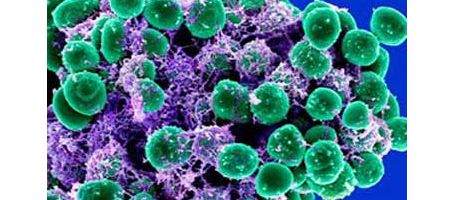You’re carrying around over 10,000 different species of bacteria in and on your body right now, in such numbers that they weigh several pounds.

Indeed, according to The Human Microbiome Project (HMP) Consortium, each of us carries enough microbes to outnumber our human cells by 10 to 1.
The team collected samples from 18 different body sites – including airways, skin, oral cavity, digestive tract and vagina – in 242 healthy young people.
And, they found, microbes can vary widely not just from site to site on a single person but also from person to person.
Some body sites, though, are more uniform between individuals than others. While one person’s mouth might contain many different bacteria, people living in the same community had similar types.
In contrast, the bacteria found on skin showed greater differences between people but only moderate variety within a single individual. Ethnic background provided the strongest association for diversity.
But while there were different microbe populations in different people, they performed the same tasks, such as breaking down energy sources.
“Having genomes from these previously unknown, but frequent members of the microbiome will help us to understand what these organisms might be doing,” says Ashlee Earl, a scientist at the Broad Institute.
“Are they friend? Are they foe? Can they resist antibiotics? Do they produce toxins or molecules that could be beneficial to us?”
While the study subjects were healthy, they still harbored some bacteria that can cause disease, coexisting peacefully with their hosts. As expected, for example, Staphylococcus aureus, strains of which are linked to the drug-resistant infection called MRSA, was found in the noses of about 30 percent of the people.
“Although everybody understands that our microbes make important contributions to our own biology, this is the first time we’ve attempted a comprehensive survey of what’s there,” says Bruce Birren, director of the Broad’s Genomic Sequencing Center for Infectious Diseases.
“We had no idea which microbes are present, how many they were, and how people differ from each other in their microbiomes. These studies not only answered those questions but allowed us to go further to ask what these microbes do, and how many of them represent new organisms and brand new biology. These are the things we need to know to understand the interaction of the microbes and humans that is so important.”






